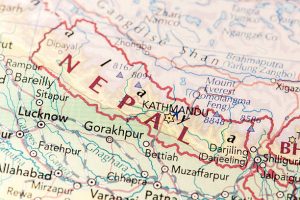In cartography, a scale is the map distance ratio corresponding to the actual distance. The scale on the Map helps resize the exact distance so that it can fit in the Map. Scale knowledge helps understand geographical concepts and analyze the Map. Therefore, learning and understanding the relationship between these two fields is necessary. To improve your map knowledge, this article will discuss some typical applications of scale in the cartography field.
1. Estimating Distances
In the cartography field, it is impossible to use actual distances in the maps, so scaling knowledge is used. Here, the scaling knowledge is used to keep the exact distance of points. Due to this, estimated distances that can fit on the Map are used. When examining and studying the Map, the derived ratios estimate the distance between points.
2. Resizing Map features
The scaling knowledge provides a method of resizing the Map’s components. Most features that make up the Map are too big to fit on a plane surface. For example, mountains and hills are enormous to fit on the Map, and thus the cartographers use the knowledge of scaling to keep down the heights of such features. As a bonus, the scaling technique can estimate the actual measurements of such features.
3. Updating Map’s Distance
Cartographers constantly update maps to meet the changing needs. During the update process, cartographers greatly rely on map scale. In this context, the map scale is used to alter recent map distances and define the relationships between components in the Map. In addition, the map scale is used to update the report of the Map after updates have been made.
4. Analyzing Map
Analysis surrounds the operations of cartographers. To analyze the Map, cartographers employ several tools and methods. The use of a map scale is one of the most powerful tools that is used in geographic analysis. The scale effectively measures various variables in the maps, thus providing geographical analysis information.
5. Estimation of Time
By estimating distance, the map scale can help estimate time. The scaling ratio in the Map can be used to calculate the distance between two points, which can be used to estimate the time. Therefore, scaling knowledge is vital in conserving the time and effort of map readers. In addition, cartographers can use the scaling technique to understand the relationships of landmark geography.
6. Geometrical Representation
The scaling method eases the geometrical representation in the Map. In the geometrical model, geometric shapes are used to represent elevations, distances, height, and other features of components found in the Map. Here, the scaling knowledge forms define how the geometric shapes are represented.
8. Improving Map’s accuracy
A map scale provides an accurate value of the components illustrated in the Map. Therefore, using the scale in mapmaking improves the accuracy of landmark information.





Sani Abdullahi
22 Jan 2023In addition it helps in identify relief features through studying contour lines of the map.